Optimal Timing for Waterproofing Projects
Proper timing for waterproofing projects is essential to ensure durability and effectiveness. Weather conditions, temperature, and humidity levels influence the success of waterproofing applications. Typically, the optimal period for waterproofing is during mild, dry weather to prevent moisture interference and allow proper curing.
Spring offers moderate temperatures and lower humidity, making it ideal for waterproofing projects before the summer heat and humidity set in.
Summer can be suitable if temperatures are not excessively high and there is low rainfall, ensuring proper drying and curing of waterproofing materials.
Fall provides cooler temperatures and less moisture, which can be beneficial for waterproofing before winter weather begins.
Winter is generally not recommended due to freezing temperatures and increased moisture, which can hinder application and curing processes.
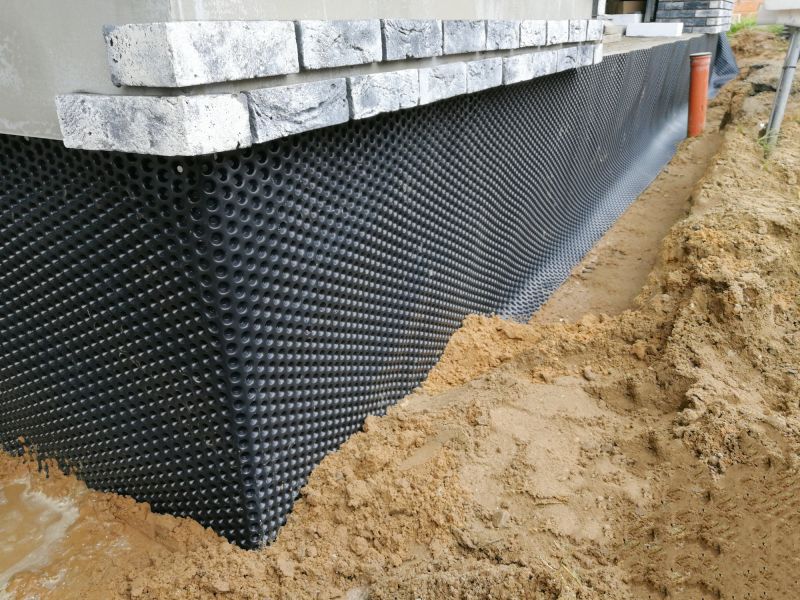
A technician applying waterproofing membrane during mild spring weather.

An outdoor waterproofing project underway on a sunny summer day.
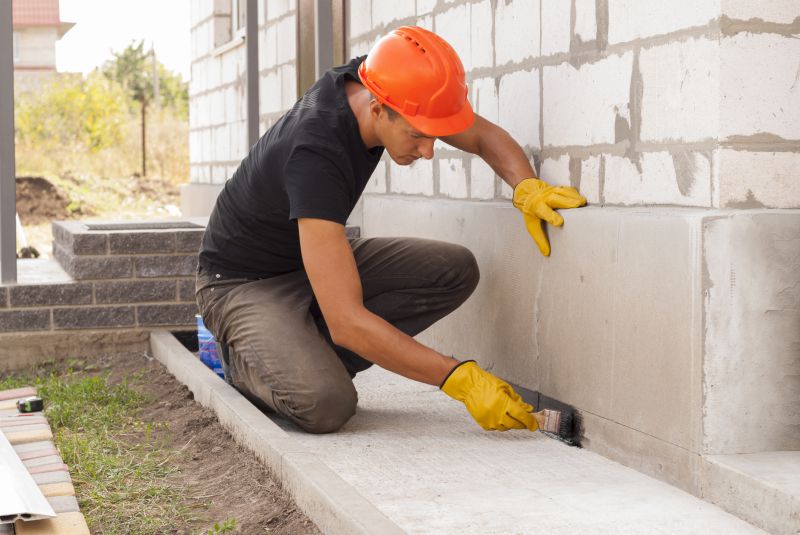
A crew preparing surfaces for waterproofing in autumn conditions.
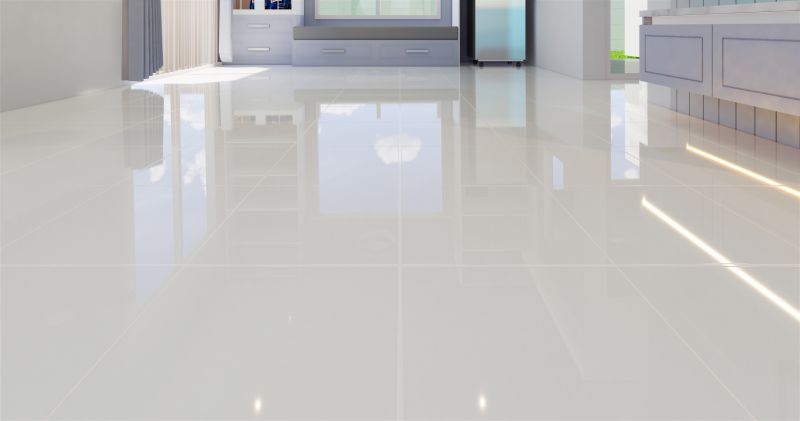
Ways to make Waterproofings work in tight or awkward layouts.
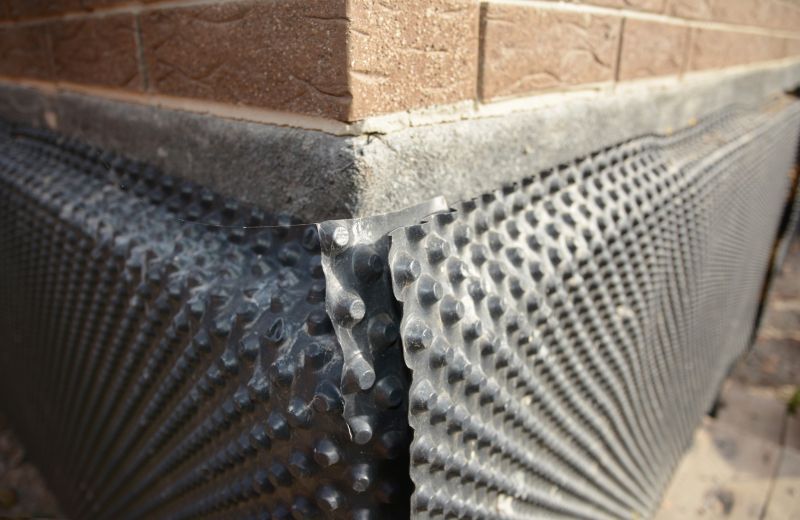
Popular materials for Waterproofings and why they hold up over time.
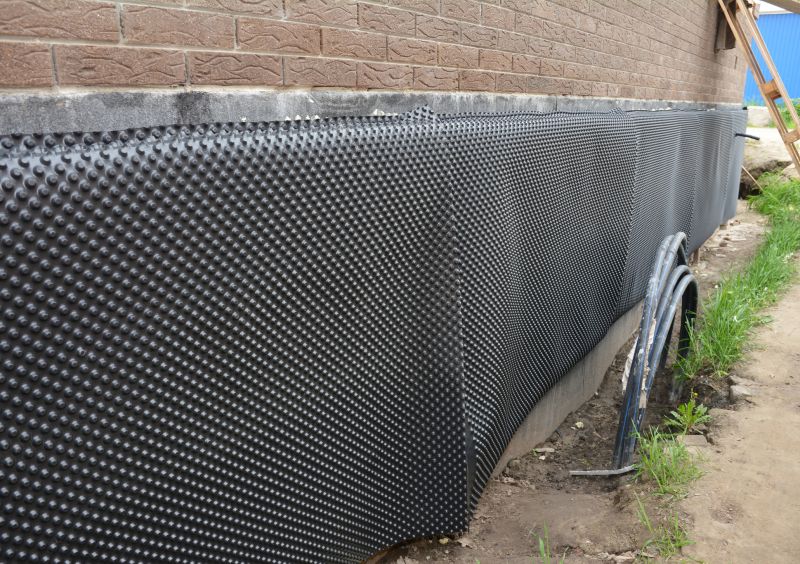
Simple add-ons that improve Waterproofings without blowing the budget.
Waterproofings are essential for protecting structures from water intrusion, which can lead to structural damage, mold growth, and reduced lifespan of building components. Properly applied waterproofing systems include membranes, coatings, and sealants designed to withstand moisture exposure. Statistics indicate that buildings with effective waterproofing experience fewer repairs and lower maintenance costs over time.
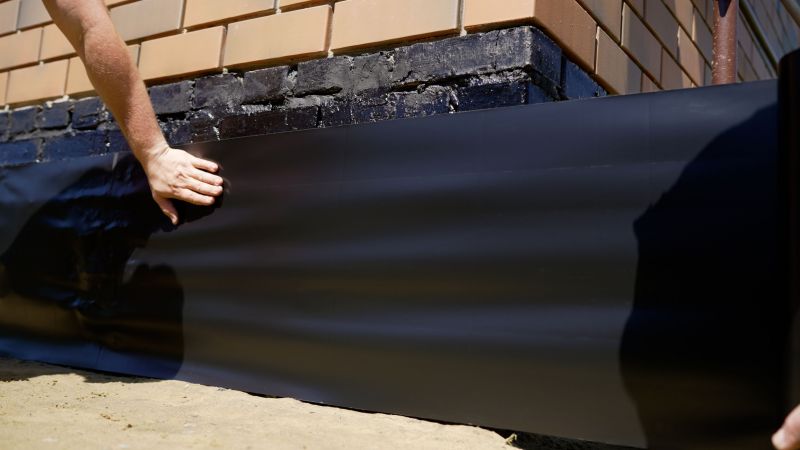
Close-up of a waterproof membrane being installed on a foundation.
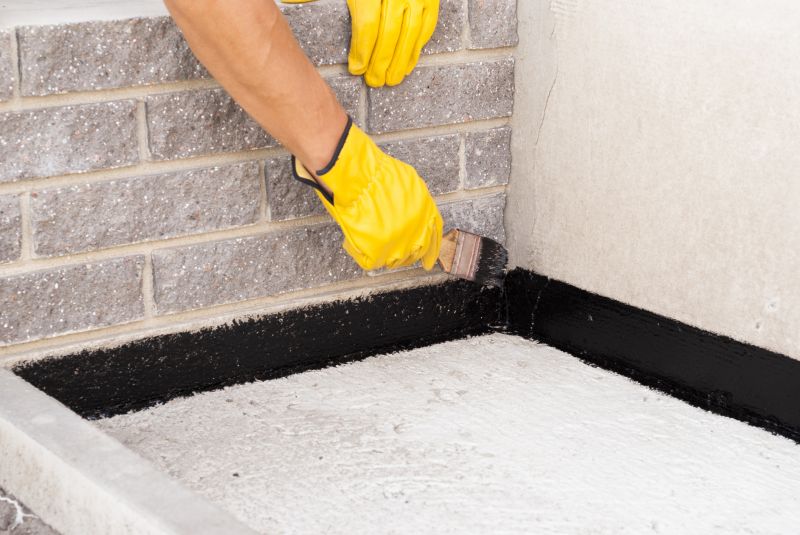
A worker applying sealant to a basement wall joint.
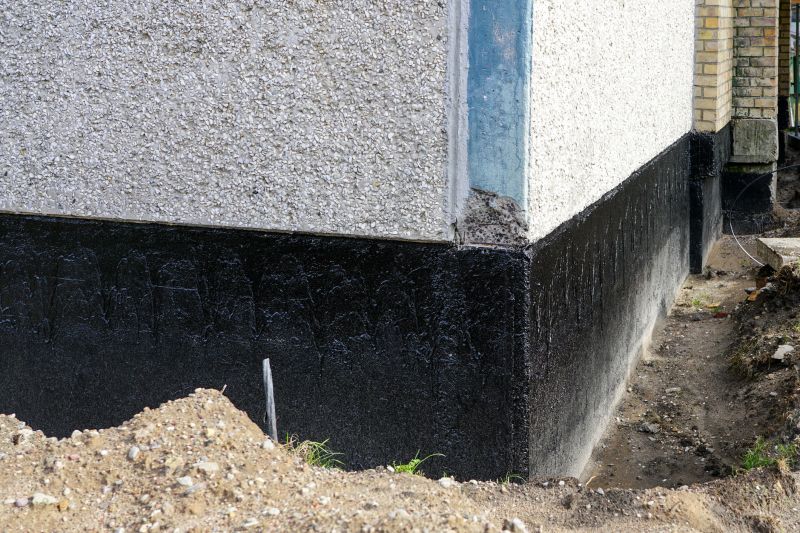
A building exterior coated with waterproofing paint.
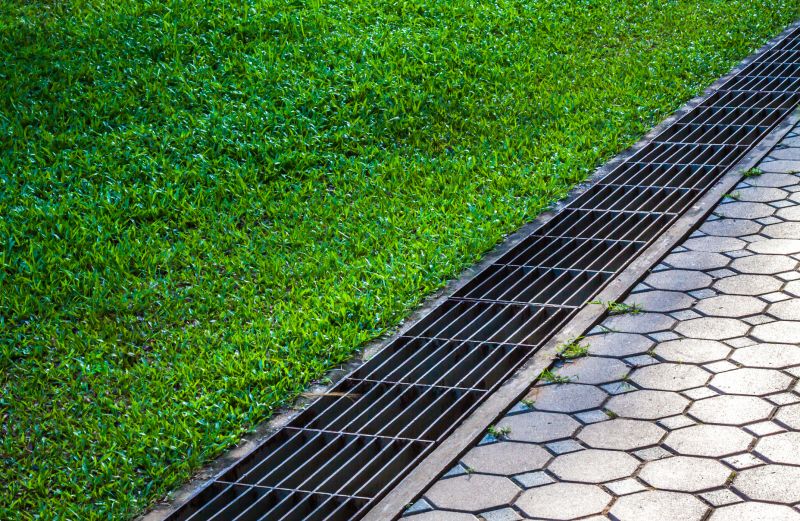
Water drainage system integrated with waterproofing for enhanced protection.
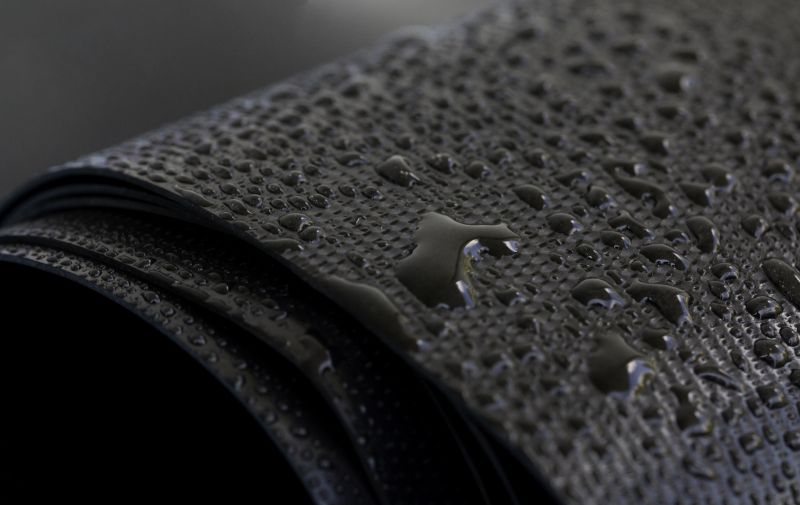
High-end options that actually feel worth it for Waterproofings.
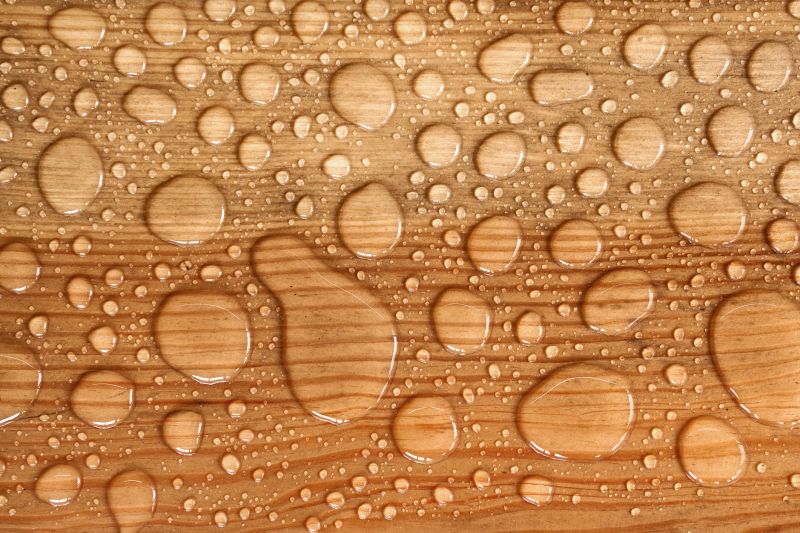
Finishes and colors that play nicely with Waterproofings.

Little measurements that prevent headaches on Waterproofings day.
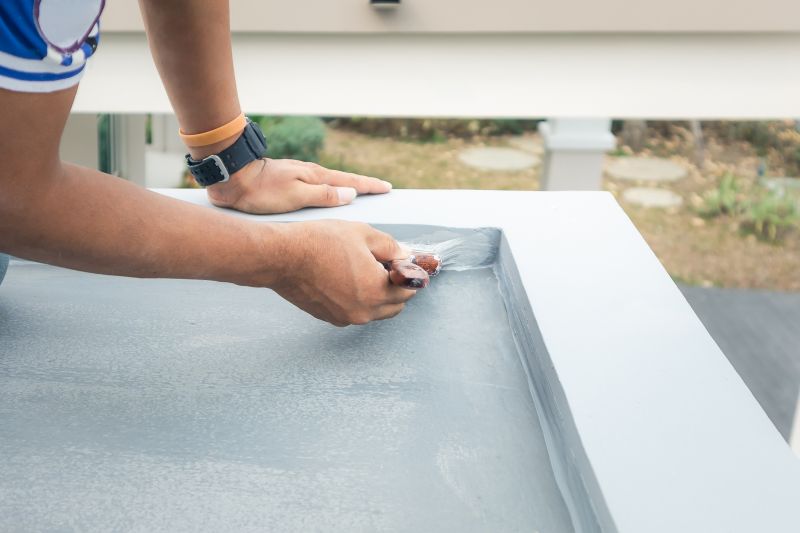
A 60-second routine that keeps Waterproofings looking new.
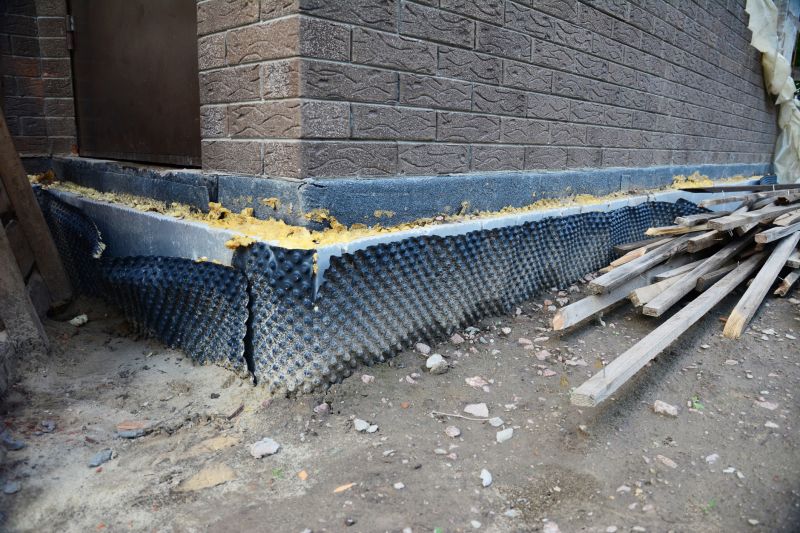
A frequent mistake in Waterproofings and how to dodge it.

Small tweaks to make Waterproofings safer and easier to use.
| Season | Recommended Conditions |
|---|---|
| Spring | Moderate temperatures, low humidity, dry weather |
| Summer | Warm temperatures, low rainfall, dry conditions |
| Fall | Cooler temperatures, less moisture, dry weather |
| Winter | Freezing temperatures, high moisture, not recommended |
| Late Spring/Early Fall | Ideal for most waterproofing applications |
Choosing the appropriate time for waterproofing ensures better adhesion, longer-lasting results, and reduced need for repairs. Planning projects during suitable weather conditions minimizes risks associated with moisture, temperature fluctuations, and application failures. Proper timing is a key factor in maintaining the integrity of waterproofing systems over the long term.
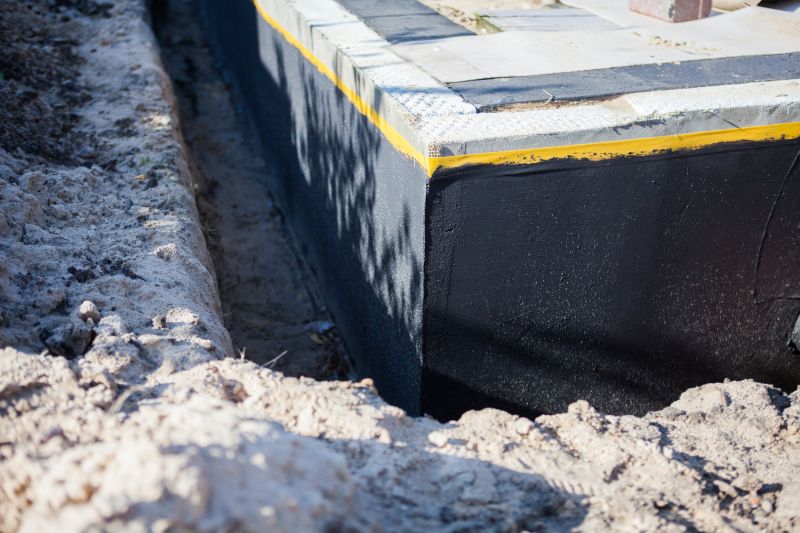
Application of waterproofing coating on a building exterior.
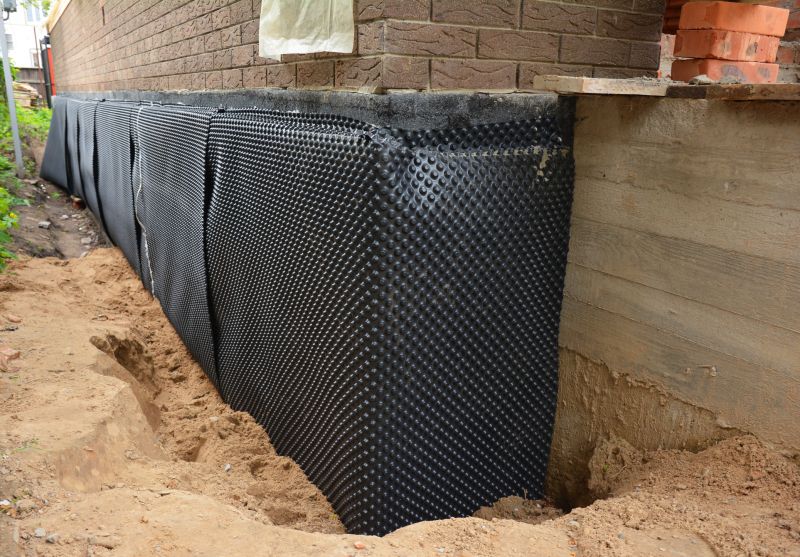
Foundation waterproofing work on a residential building.
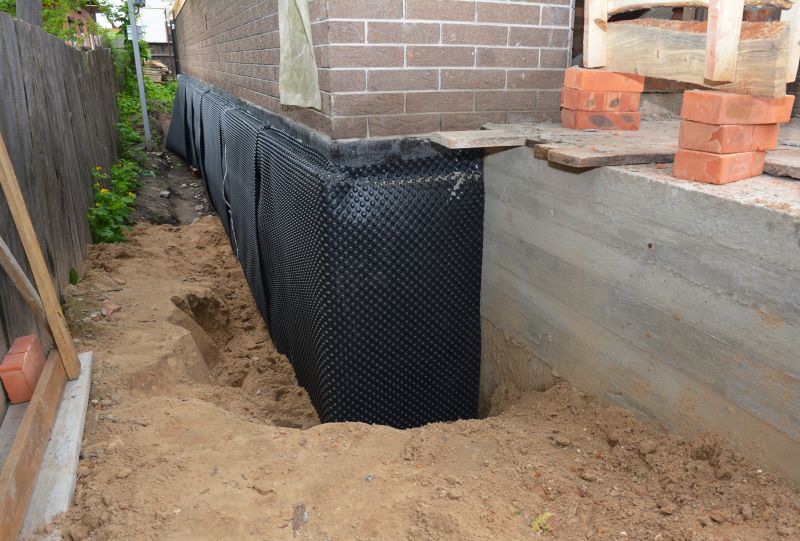
A technician inspecting waterproofing layers on a basement wall.
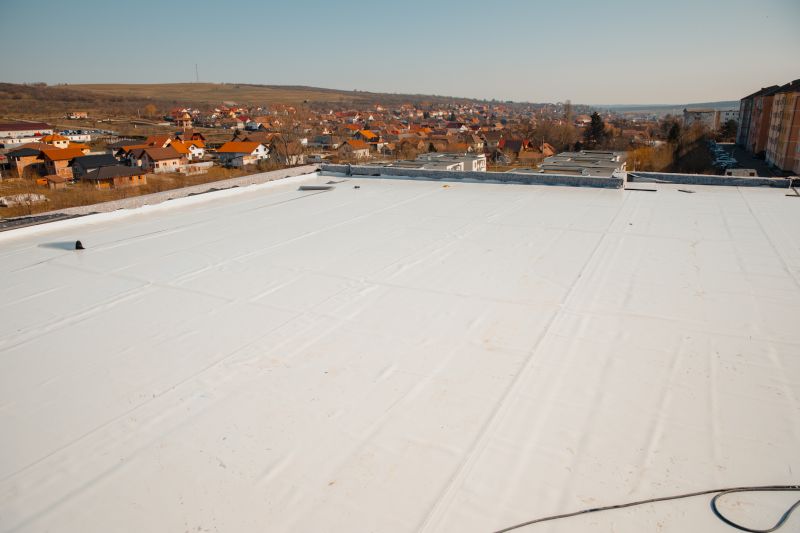
Lower-waste or water-saving choices for Waterproofings.
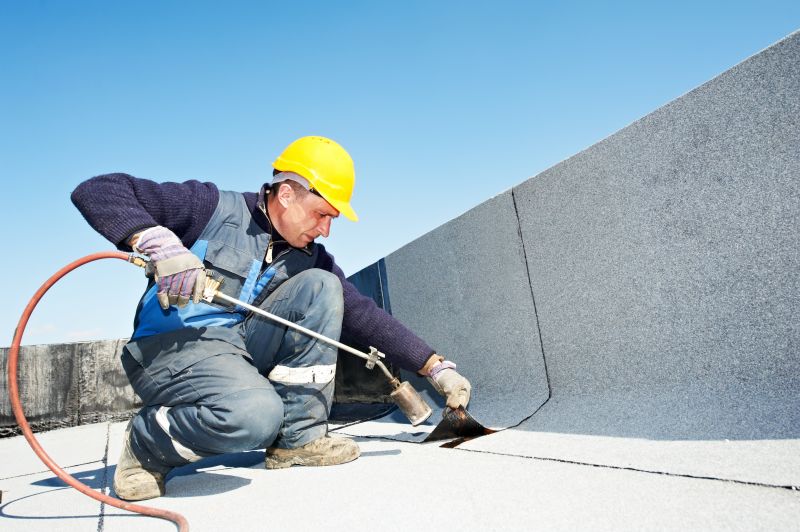
The short, realistic tool list for quality Waterproofings.
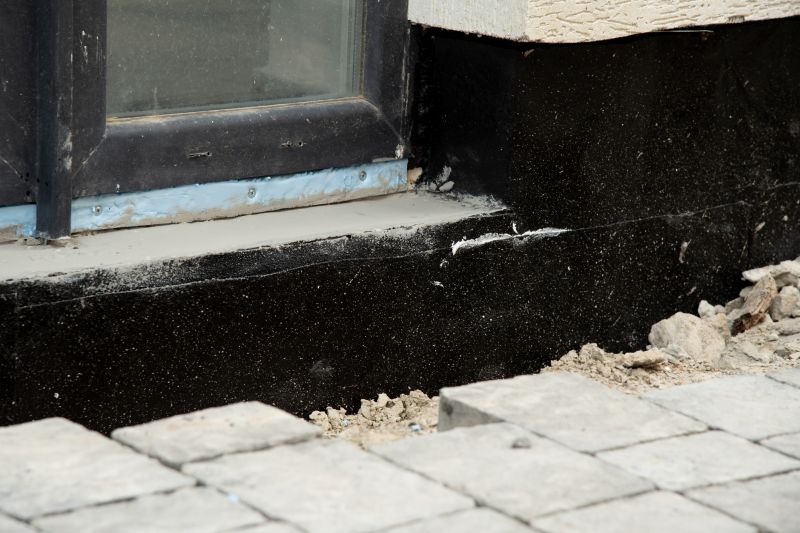
Rough timing from prep to clean-up for Waterproofings.
Interested parties are encouraged to contact for further information on waterproofing options and schedules. Proper planning and execution can significantly extend the lifespan of structures and prevent water-related damages, ensuring long-term durability and safety.

